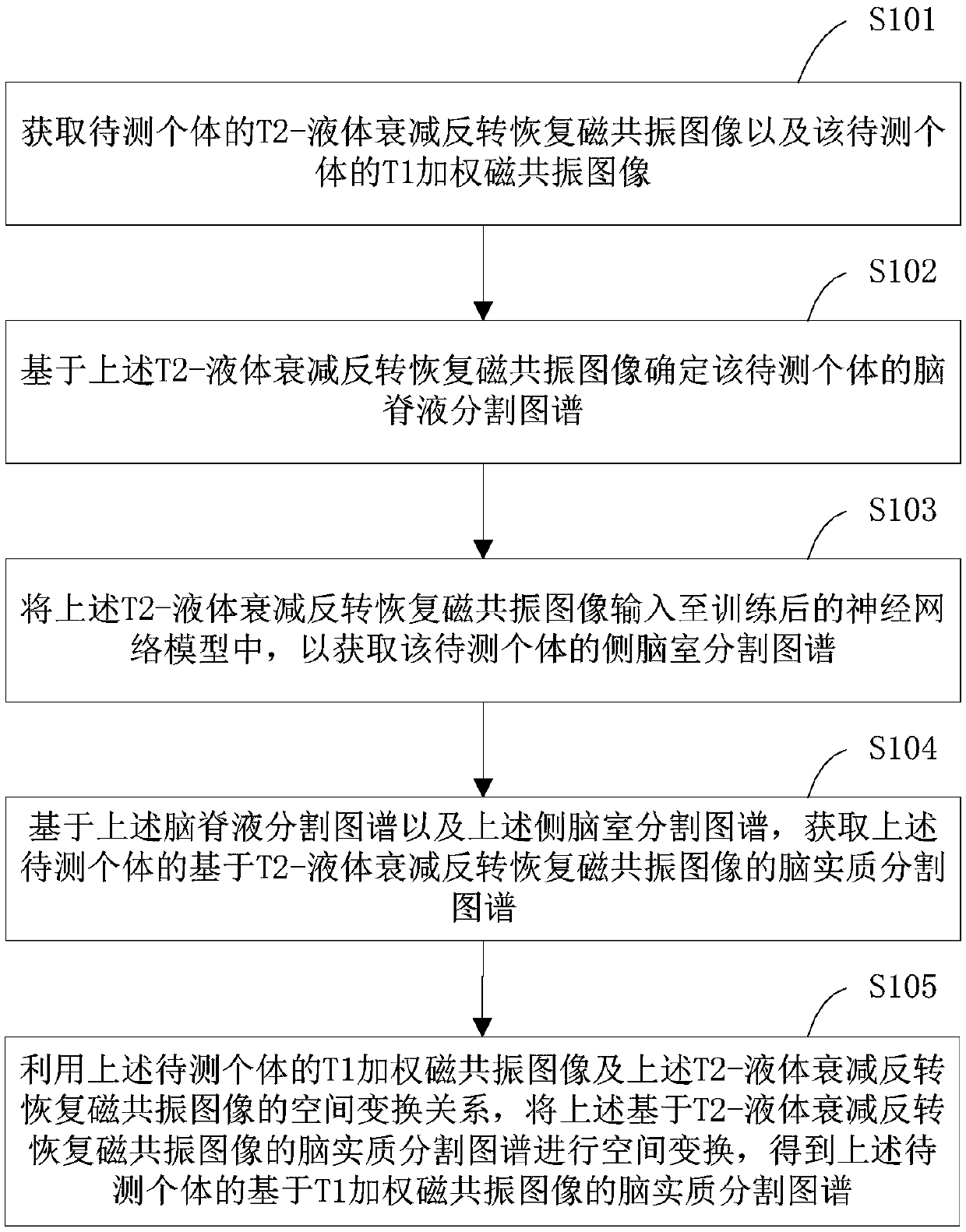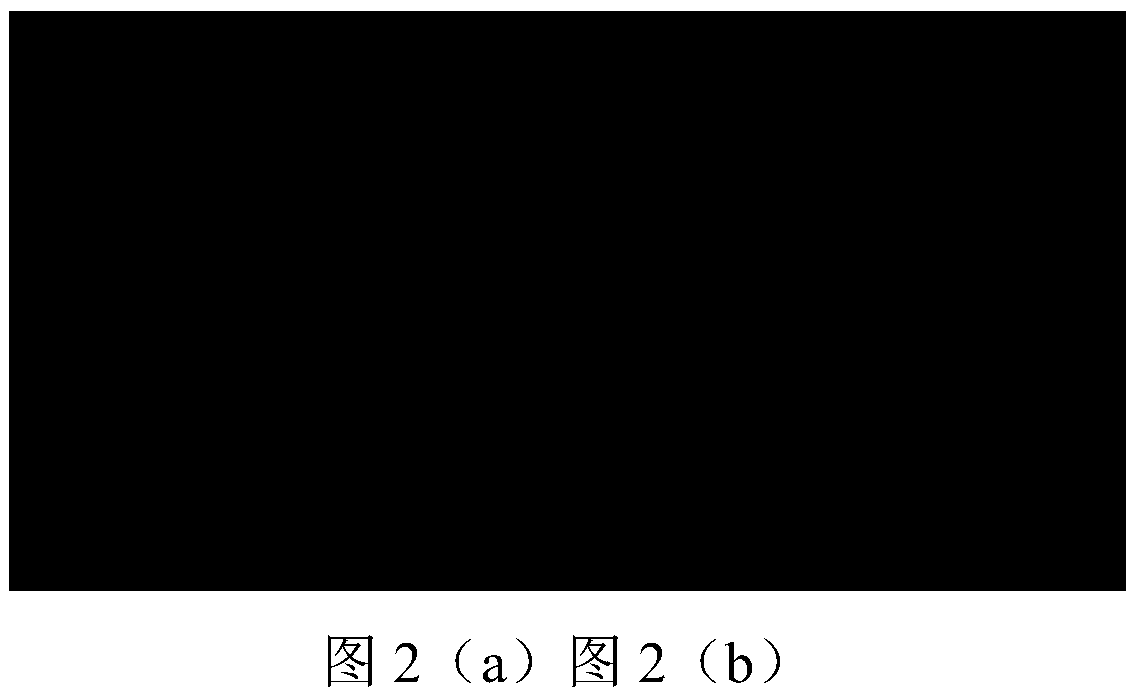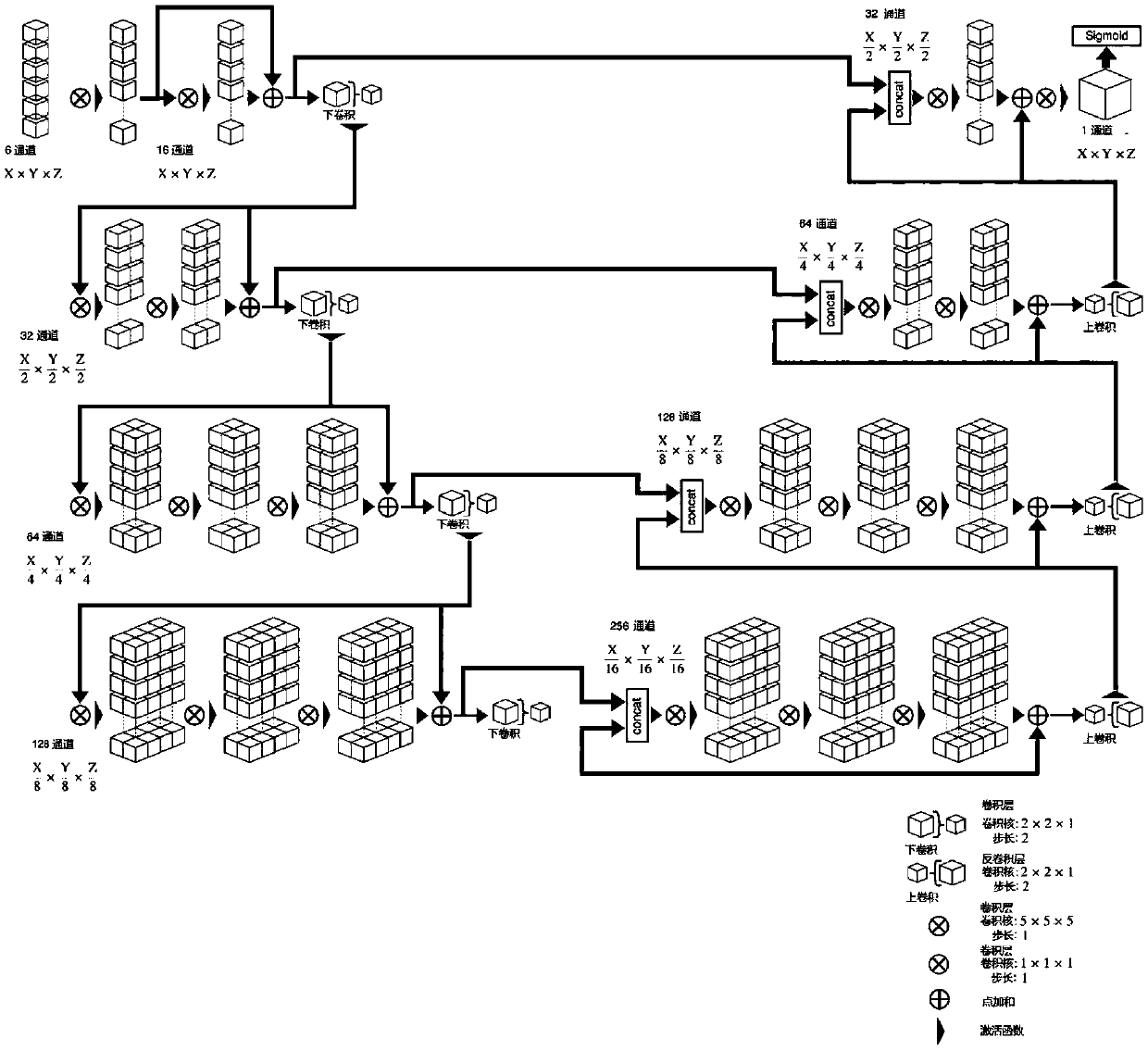Image segmentation method, image segmentation apparatus and electronic device
A technology of image segmentation and sample images, applied in the field of image processing, can solve problems such as inaccurate segmentation of brain parenchyma
- Summary
- Abstract
- Description
- Claims
- Application Information
AI Technical Summary
Problems solved by technology
Method used
Image
Examples
Embodiment 1
[0034] The image segmentation method provided by Embodiment 1 of the present application is described below, please refer to the attached figure 1 , the image segmentation method in the embodiment of the present application includes steps S101-S105:
[0035] In step S101, acquire the T2-fluid attenuated inversion recovery magnetic resonance image of the individual to be tested and the T1 weighted magnetic resonance image of the individual to be tested;
[0036] In the embodiment of the present application, it is necessary to obtain the T2-fluid attenuated inversion recovery (T2-fluidattenuated inversion recovery, T2-FLAIR) magnetic resonance image of the individual to be tested first and the T1-weighted magnetic resonance image of the individual to be tested, so as to facilitate subsequent Based on the above-mentioned T2-FLAIR magnetic resonance image and T1 weighted magnetic resonance image, the brain parenchyma segmentation map based on the T1 weighted magnetic resonance ima...
Embodiment 2
[0060] Another image segmentation method provided by Embodiment 2 of the present application is described below, please refer to the attached Image 6 , the image segmentation method of Embodiment 2 of the present application includes steps S201-S205:
[0061] In step S201, acquire the T2-fluid attenuated inversion recovery magnetic resonance image of the individual to be tested and the T1 weighted magnetic resonance image of the individual to be tested;
[0062] In step S202, the cerebrospinal fluid segmentation atlas of the individual to be tested is determined based on the above-mentioned T2-fluid attenuated inversion recovery magnetic resonance image;
[0063] In this embodiment of the present application, the above steps S201 and S202 are performed in the same manner as steps S101 and S102 in Embodiment 1. For details, please refer to the description of Embodiment 1, which will not be repeated here.
[0064] In step S203, based on the spatial transformation relationship ...
Embodiment 3
[0076] Embodiment 3 of the present application provides an image segmentation device. For the convenience of description, only the parts related to the present application are shown, such as Figure 7 As shown, the image segmentation device 300 includes:
[0077] An image acquisition module 301, configured to acquire the T2-fluid attenuated inversion recovery magnetic resonance image of the individual to be tested and the T1 weighted magnetic resonance image of the individual to be tested;
[0078] A cerebrospinal fluid segmentation module 302, configured to determine the cerebrospinal fluid segmentation atlas of the individual to be tested based on the T2-fluid attenuated inversion recovery magnetic resonance image;
[0079] The lateral ventricle acquisition module 303 is configured to input the T2-fluid attenuated inversion recovery magnetic resonance image into the trained neural network model to obtain the lateral ventricle segmentation map of the individual to be tested, ...
PUM
 Login to View More
Login to View More Abstract
Description
Claims
Application Information
 Login to View More
Login to View More - R&D Engineer
- R&D Manager
- IP Professional
- Industry Leading Data Capabilities
- Powerful AI technology
- Patent DNA Extraction
Browse by: Latest US Patents, China's latest patents, Technical Efficacy Thesaurus, Application Domain, Technology Topic, Popular Technical Reports.
© 2024 PatSnap. All rights reserved.Legal|Privacy policy|Modern Slavery Act Transparency Statement|Sitemap|About US| Contact US: help@patsnap.com










